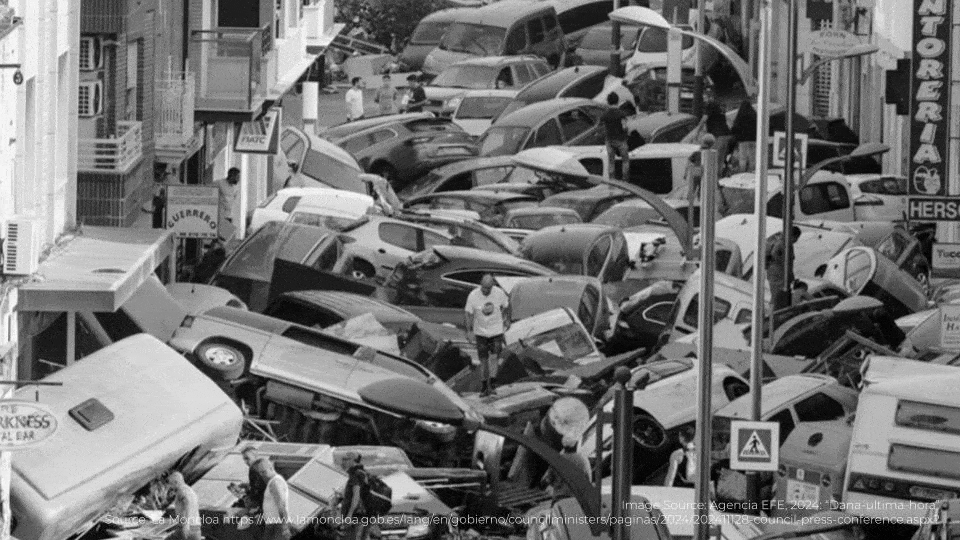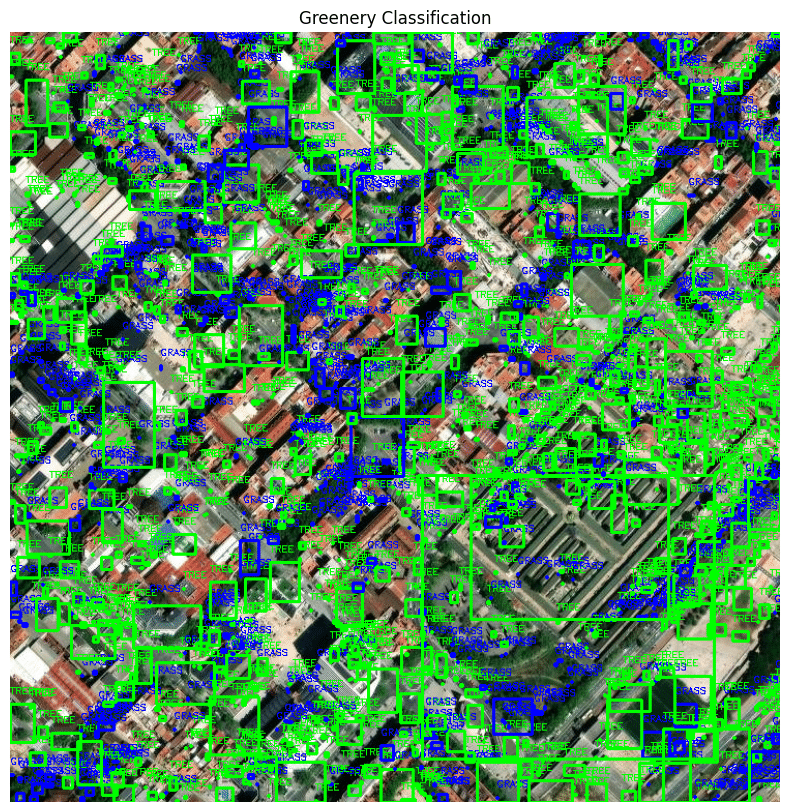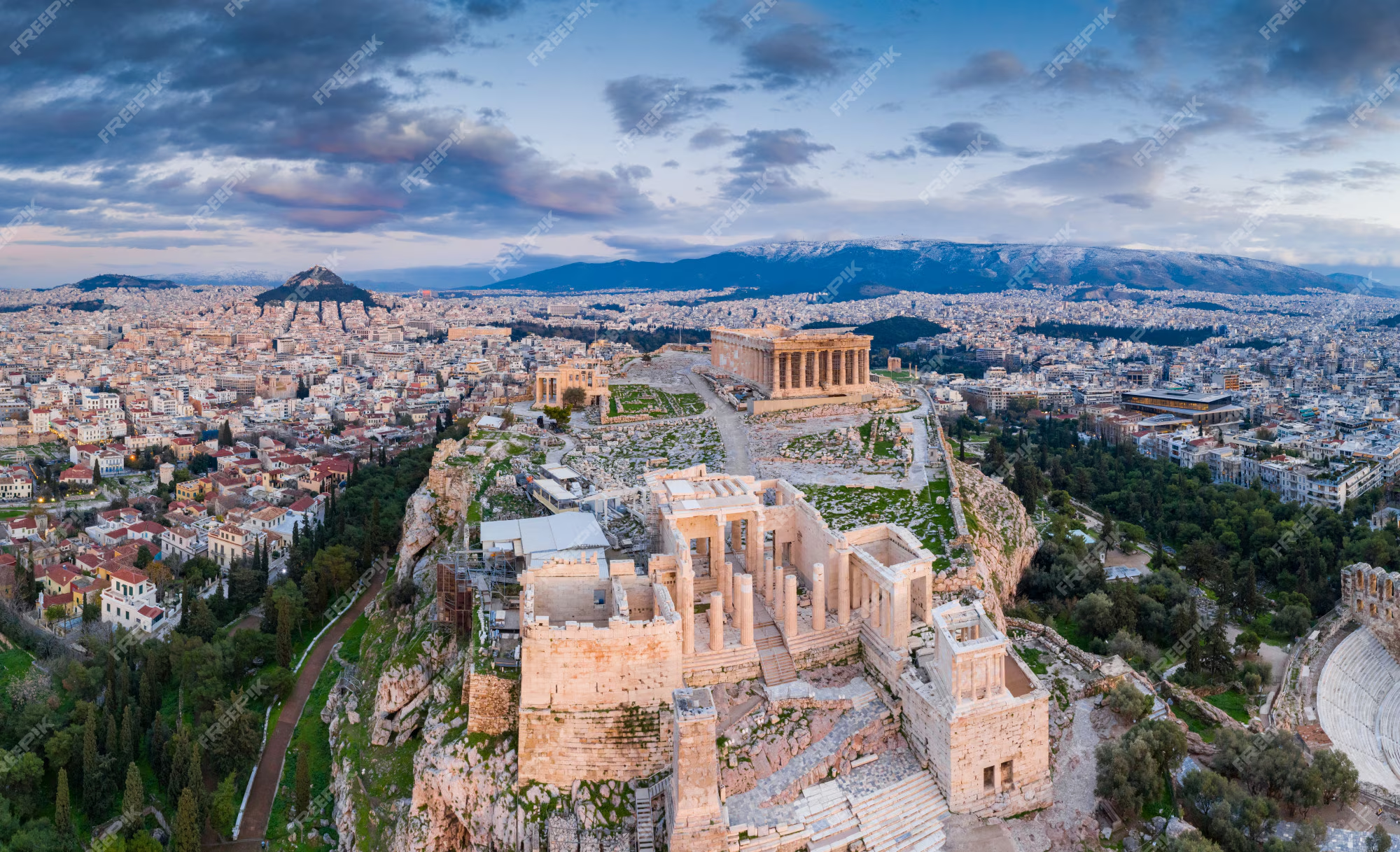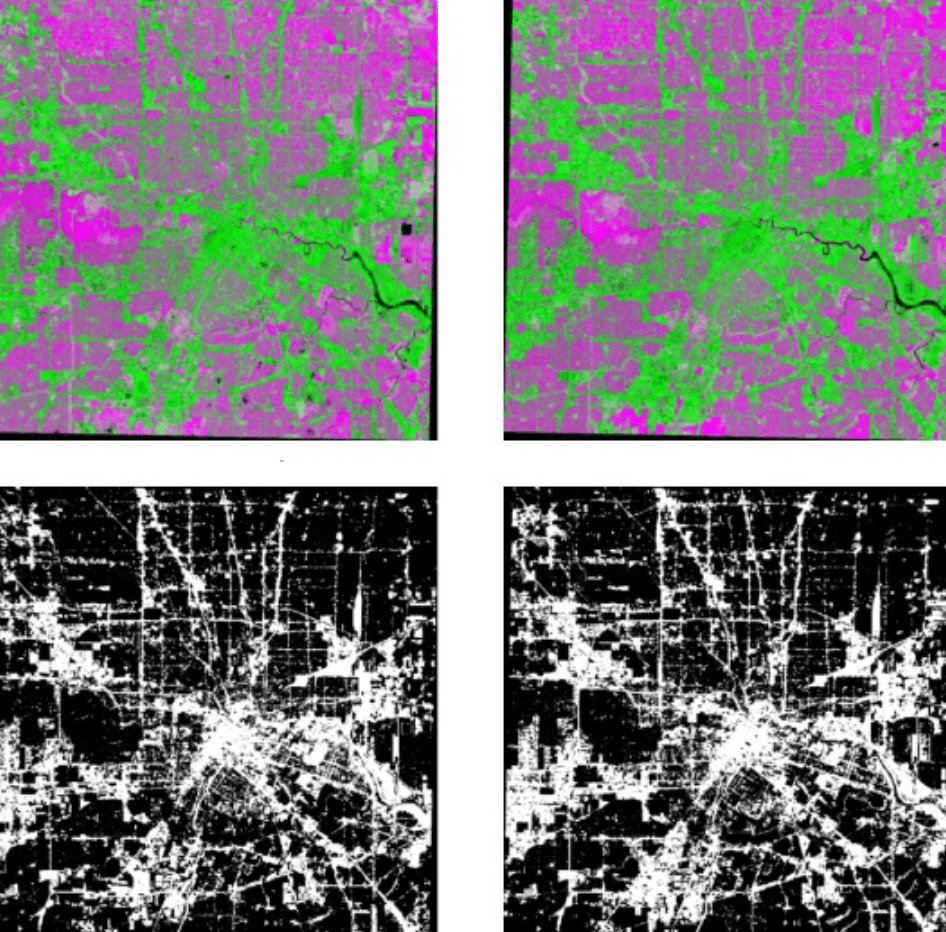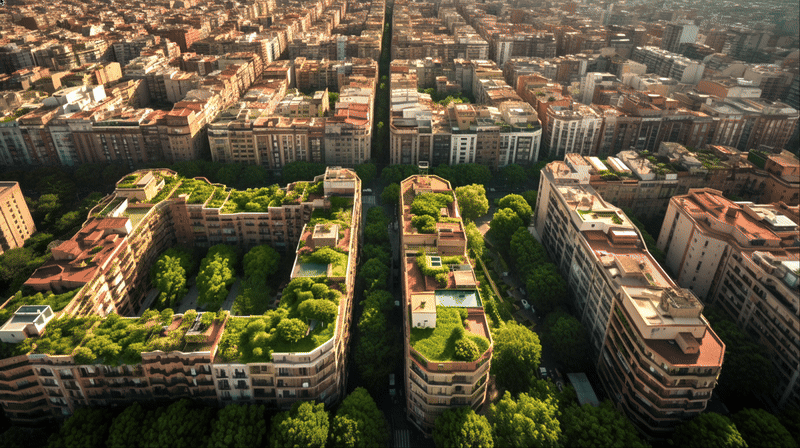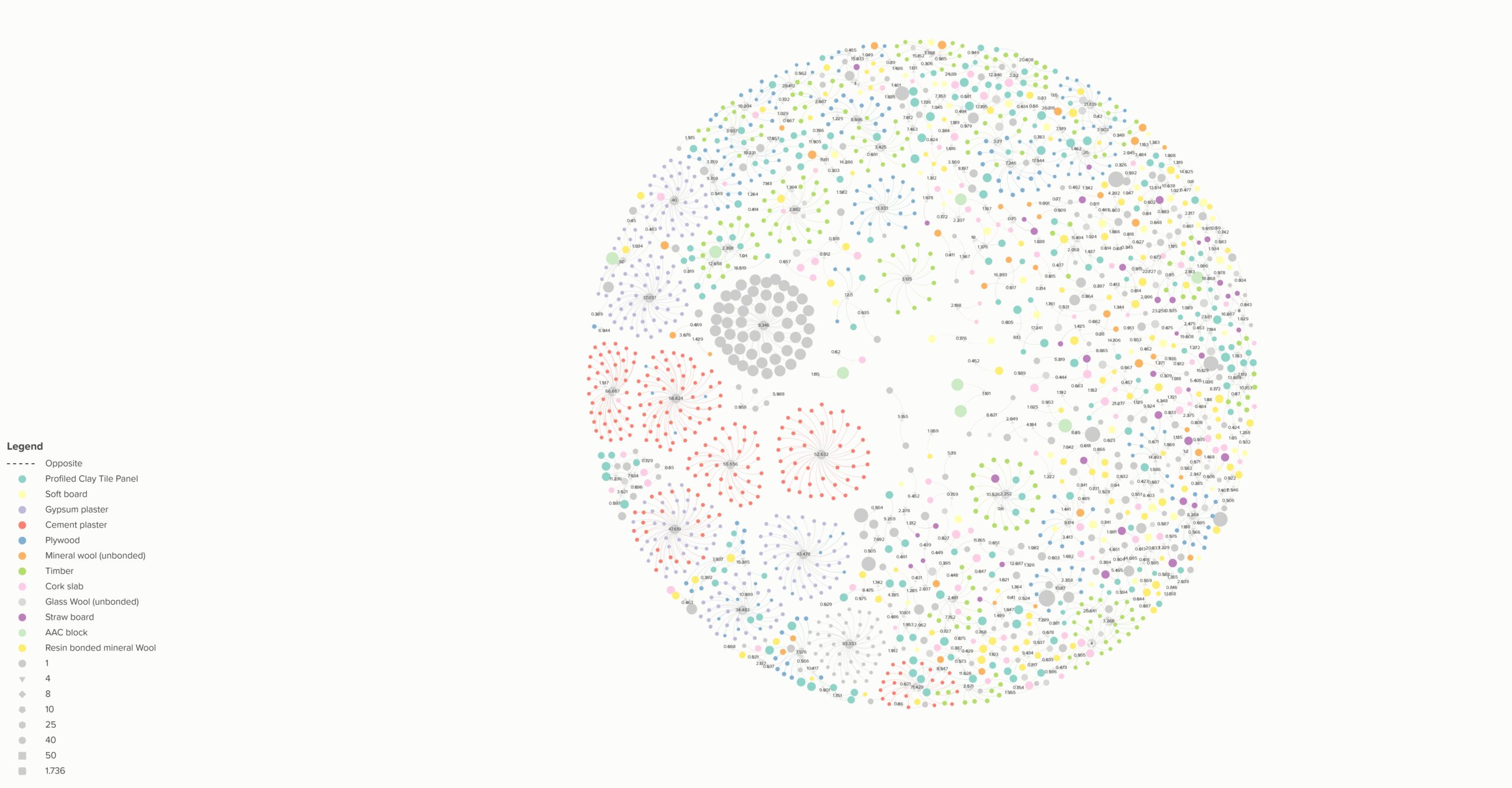Nature Based Solutions Location and Analysis for Flood Mitigation
Cloud Based Remote Sensing, Optimization and Agent Based Simulation Floods that were once rare are now happening more often. In Valencia, Spain, a flood expected only once every 500 to 1,000 years has happened three times in the last few decades, with the most recent in October 2024 killing over 230 people and causing €16 … Read more

